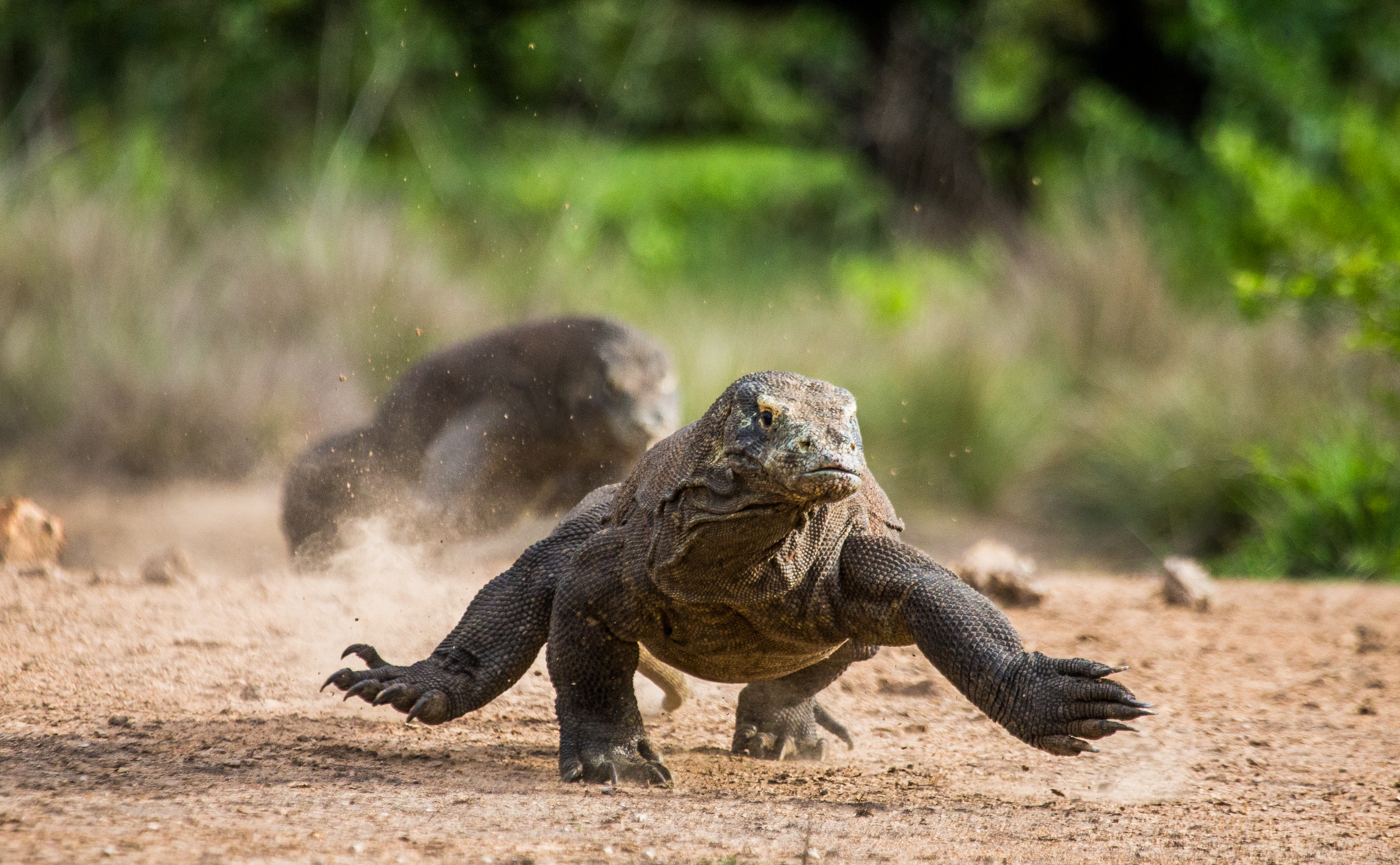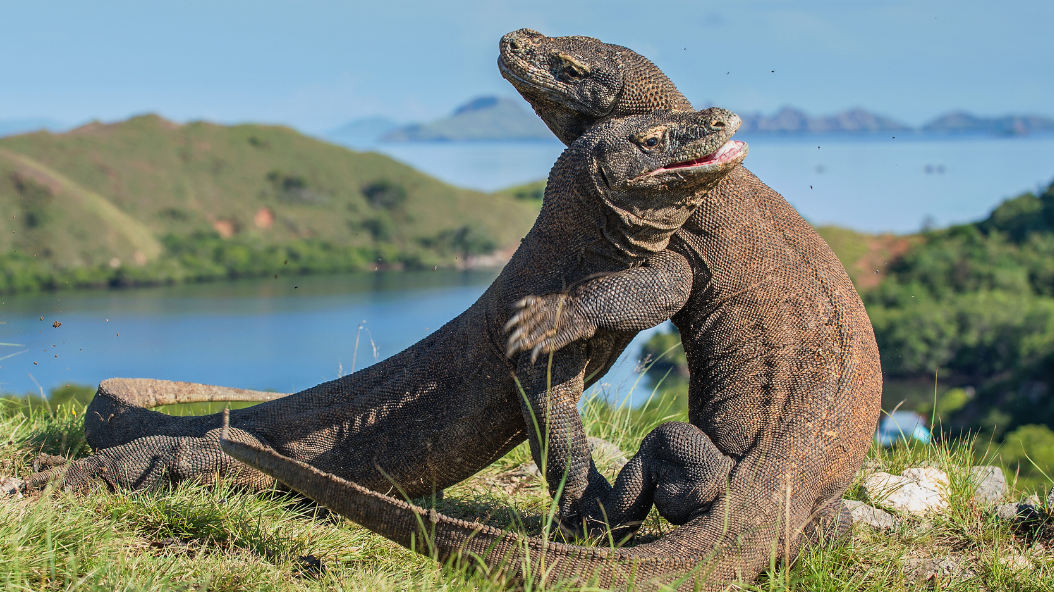The arrival of the Komodo dragons at Barcelona Zoo in 2005 marked the beginning of our collaboration with the Komodo Survival Program, promoted by the European association of Zoos and Aquaria (EAZA), which is carried out on the island of Flores where the populations of the species are in danger of extinction.
Barcelona Zoo contributes financially to important conservation work carried out every year with field scientists working for the European Endangered species Programme (EEP) European breeding group for the species, in close collaboration with the Indonesian authorities, who sent us a report of the activities carried out in 2018 on the reserves of Wae Wull, Wolo Tadho, Riung and Tujuh and on the islet of Longos, areas located on the north and north-east coast of the island of Flores.

They have carried out counts by means of the intensive use of infrared cameras, ascertaining that the populations of dragons and their main prey, wild boars, Sunda deer, and water buffaloes, are stable. They have also confirmed a sharp increase in the number of wild dogs on the reserves. The 330 cameras in place around the reserves have enabled the map of the species distribution on the island of Flores to be completed, and have also led to the discovery of a new population of Komodo dragons on the islet of Longos.
The field studies have ruled out the presence of the invasive Asian common toad, Duttaphrynus melanostictus, a dangerous species for Varanidae, since they can be poisoned by eating them.
Educational activities aimed at adults and students in primary and secondary schools have been continued in the areas close to the reserves to increase the population’s awareness of the importance of protecting the environment. The ecotourism and craft courses implemented in 2017 also remain ongoing.
The workshops carried out with livestock farmers in the area to alleviate the conflict between farmers and dragons have been vital in conserving their habitat.
At the end of 2018, the construction of the information and education centre, the small auditorium, and the space where sustainable biogas production and livestock practices are dealt with, was in the final stages.



